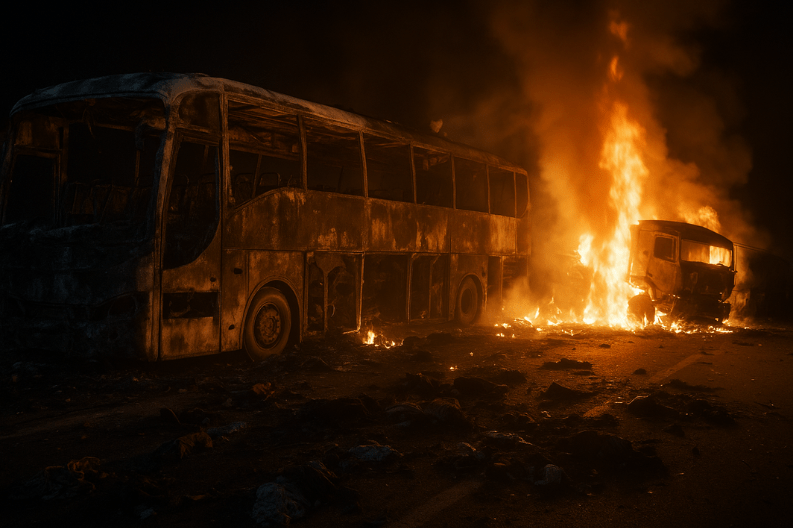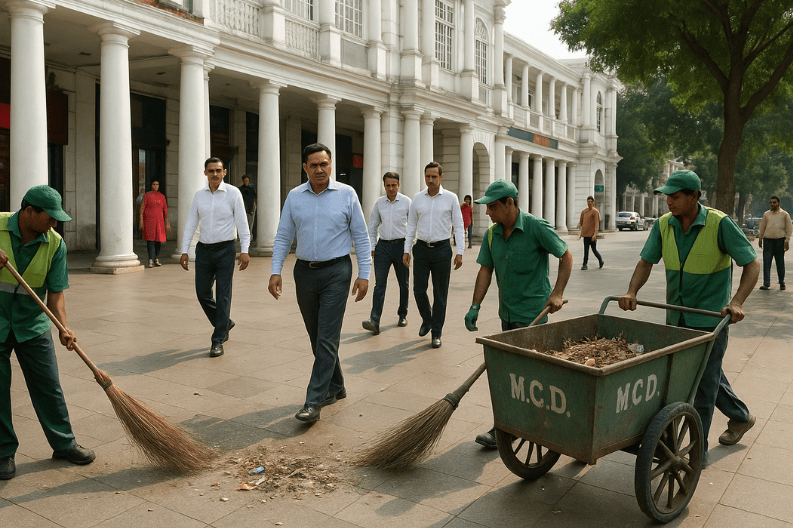Recently, heavy rainfall hit many parts of Delhi, creating chaos for residents and commuters. This extreme weather event saw rain turn roads into rivers, flooding streets and disrupting daily life. While the showers provided relief from the intense humidity, they also caused traffic jams and delayed public transportation.
Several areas experienced severe waterlogging, including Connaught Place, AIIMS, Sarojini Nagar, Vijay Chowk, Minto Bridge, and Panchkuian Marg. Just a day earlier, rainfall was reported in Janpath and Lajpat Nagar. The India Meteorological Department (IMD) had predicted light to moderate rainfall in the Delhi-NCR region on Thursday morning.
On July 29, 2023, AAP leader Arvind Kejriwal criticized the Delhi government led by Chief Minister Rekha Gupta. He shared images of waterlogged Connaught Place, questioning how quickly the city became paralyzed. Kejriwal said that even ten minutes of rain turned roads into ponds, highlighting public discomfort and dissatisfaction.
Other AAP leaders, including Saurabh Bhardwaj, also criticized government officials. Bhardwaj pointed out that the Lieutenant Governor, V K Saxena, and Public Works Minister Parvesh Verma had previously praised drainage efforts at ITO, which again faced severe waterlogging.
Meanwhile, Chief Minister Gupta visited ITO for a surprise inspection. She instructed officials to improve drainage systems and gather real-time feedback from residents. Gupta emphasized that proper planning and quick responses are necessary to manage heavy rainfall effectively.
To prevent future issues, the Delhi government is planning modern drainage systems, real-time monitoring, and rapid response units. The goal is to ensure that monsoon rains provide relief instead of disruption. Surrounding NCR cities, including Mohali and Chandigarh, may also experience similar weather patterns, according to the IMD.
The heavy rains in Delhi reveal significant infrastructure challenges. As rain turns roads to rivers, the disruption underscores the need for better urban planning, efficient drainage, and prompt government response to protect residents and maintain normal life.



